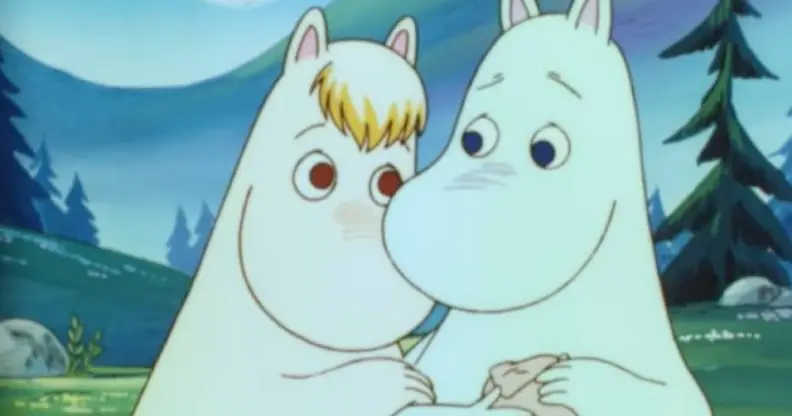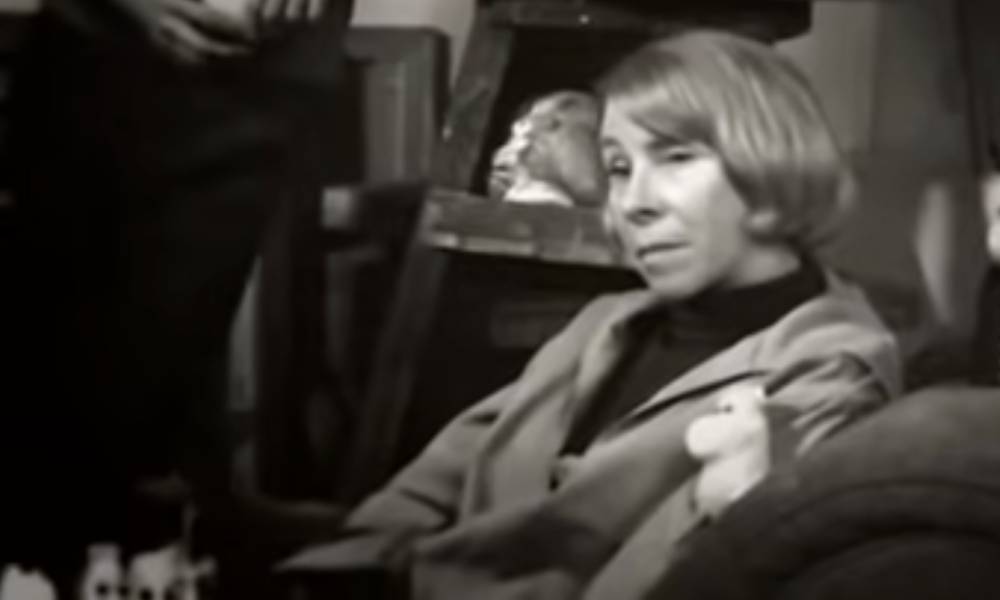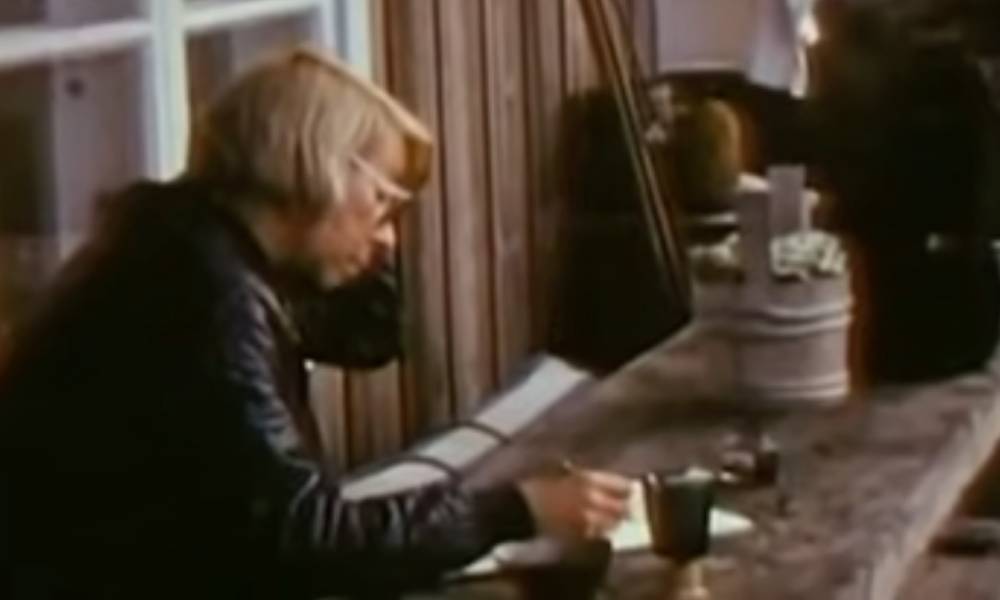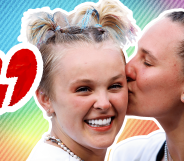The queer love story at the heart of Moomins and the important lessons they still teach us today

Tove Jansson, the author and artist behind the Moomin universe, had several queer relationships during her life. (YouTube/Moomin Official/Moomin Characters)
Tove Jansson, the author and artist behind the Moomin universe, had several queer relationships during her life. (YouTube/Moomin Official/Moomin Characters)
Fans remember the beloved Moomin books for their white, round fairytale characters with large snouts that embark on heartwarming adventures.
The characters have captured the hearts of people worldwide inspiring numerous TV series, films, theme parks, outdoor exhibits and even themed hotels.
However, many might not know about Tove Jansson, the author and artist behind the quirky characters, and how her queer identity impacted the cherished Moomin universe.
Jansson was born on 9 August 1914 in Helsinki, Finland, the eldest of three children in a Swedish-speaking family. Her father was a sculptor and her mother was an illustrator – so it’s no surprise that Jansson pursued her artistic passion as an adult.
She left home at the age of 23 to study painting in Paris at the École des Beaux-Arts. But she quit two weeks later and transferred to a small atelier or workshop run by a Swiss artist.
She illustrated and created her own books and even worked for the satirical magazine Garm as the head designer at the beginning of 1940. Jansson drew almost 100 cover photos and several other drawings for the magazine including politician cartoons.
It was during this period of her life that Jansson invented the Moomin family and a host of other characters who live alongside the fairytale creatures in the peaceful Moominvalley.

As the Second World War started to envelop the world, Jansson wrote in a letter to a friend that the characters were created when she was “feeling depressed and scared” of the bombings. She admitted that she “crept into an unbelievable world where everything was natural and benign” when she wanted to “get away from my gloomy thoughts”.
At a friend’s urging, Jansson published her Moomin stories in the 1945 book The Moomins and the Great Flood. The Moomins were an immediate sensation, and she was eventually asked by the London Evening News to turn the illustrations into a daily comic strip.
Jansson was romantically linked to Atos Wirtanen, a Finnish member of parliament and journalist, at the beginning of the 1940s. After three years of dating Wirtanen, Jansson met and fell in love with Vivica Bandler, an agronomist and theatre director.
The pair were passionately in love with each other. And in a 1946 letter to her friend Eva Konikoff, Jansson admitted that she didn’t think she could be in a relationship with “any other woman than Vi”.
But she admitted that she didn’t think she was “entirely lesbian” as her “relationships with men are unchanged”.
“Simpler, happier, less tense,” Jansson wrote.
According to the Moomin website, Jansson had several same-sex relationships and never tried to hide her sexuality even though homosexuality remained illegal until 1971.
She reportedly said that she “always fell in love with a person”, and she didn’t care what gender that person identified as.
“Sometimes that person was a man, and sometimes it was a woman,” she said. “But the important thing was that I fell in love with that person.”
During her later studies, Jansson met her future lifelong partner, Tuulikki Pietilä. The two women collaborated on several projects including a model of the Moominhouse and other 3D pieces that can be seen at the Moomin museum in Tampere.
Jansson wrote in 1956 that she felt like her love for Pietilä was akin to being “bewitched, yet at the same time with profound calm”. She added that, because of that love, she was not “afraid of anything life has in store for us”.
Jansson and Pietilä lived together for 45 years in adjacent studios in Helsinki. They also spent 18 years enjoying long summers on the remote, tiny island of Klovharun in the Finnish archipelago – which honestly sounds like the queer dream.

Sadly, Jansson died on 27 June 2001 at the age of 86 in Helsinki. During her life, she received several honours including the Hans Christian Andersen Medal in 1966.
Though Jansson may be gone, the legacy she left behind has endured. Her Moomins have taught countless people lessons on kindness, understanding, acceptance and love.
Even though she was never publicly open about her sexuality, she centred her life and work around her relationships and queer identity – even basing some of her beloved characters on her loved ones in real life.

